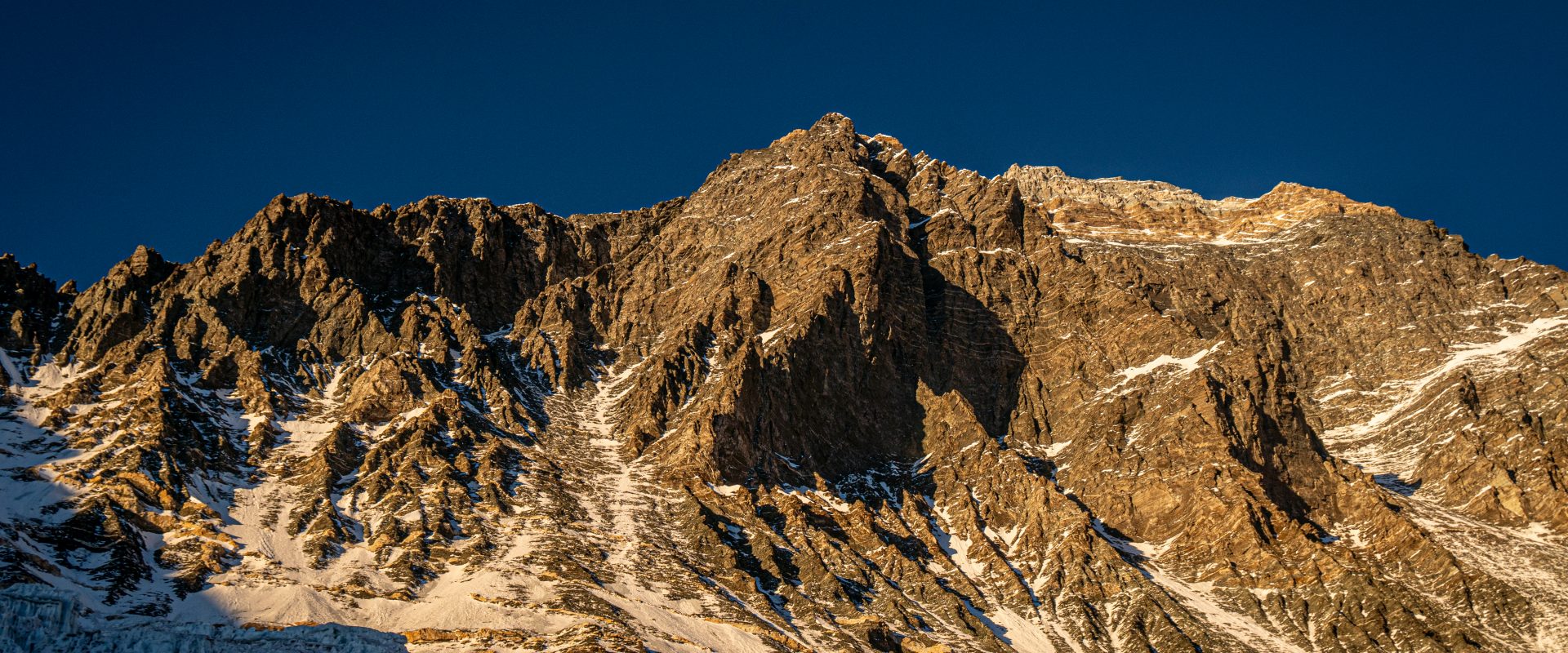Member of IFMGA / UIAGM / IVBV

Mountains of Nepal
Although Nepal is a landlocked country that has India on the south and east and China on the north, it has tremendous topographical diversity and amazing geographical highlights in the width of just 230km from North to South. Nepal, popularly known as the land of Himalayas has more than 1,300 peaks including the highest mountains ranges in the world. Eight of fourteen eight-thousanders mountains in the world are located in Nepal. The Himalayan ranges of Nepal is of utmost importance to people, culture, religion and climate of the country. These mountains represent Nepal’s image as an ultimate adventure-land and a place to make Mountaineer’s dream of conquering all the highest mountain in the world. These heavenly mountains attributing angelic beauty in Nepal play a cosmic role to the enhancement of tourism. Our tourism trade depends on them.
The Himalayas, which run 2,400 kilometers along the boundary between India and Tibet, are one of plate tectonic processes’ most dramatic and apparent creations. Between 40 and 50 million years ago, when two enormous landmasses, India and Eurasia, collided due to plate movement, this massive mountain range arose. Because the rock densities of these two continental landmasses are nearly identical, neither plate could be subducted beneath the other. Only by thrusting skyward, contorting the collision zone, and producing the jagged Himalayan peaks could the impinging plates be relieved of their pressure. About 225 million years ago, India was a big island off the coast of Australia, separated from the Asian continent by a massive ocean (the Tethys Sea). About 200 million years ago, when Pangaea broke up, India began to move northward. To the north, the Himalayas and Tibetan Plateau have risen dramatically. Mt. Everest, for example, has risen to a height of more than 9 kilometers in just 50 million years. The collision of the two landmasses is still ongoing. The Himalayas continue to rise at a rate of more than 1 cm every year, or 10 kilometers in a million years. Among the 2400km of Himalayas, Nepal incorporates 800 km of them.
Eight of the fourteen eight-thousanders are located in the country, either in whole or shared across a border with China or India. Mount Everest, Kanchenjunga, Lhotse, Makalu, Dhaulagiri, Manaslu, Annapurna, and Cho-Oyu are the eight mountains that are over 8,000 meters. Nepal has the highest mountain in the world, Mount Everest as well as 1,310 peaks over 6,000 m height.